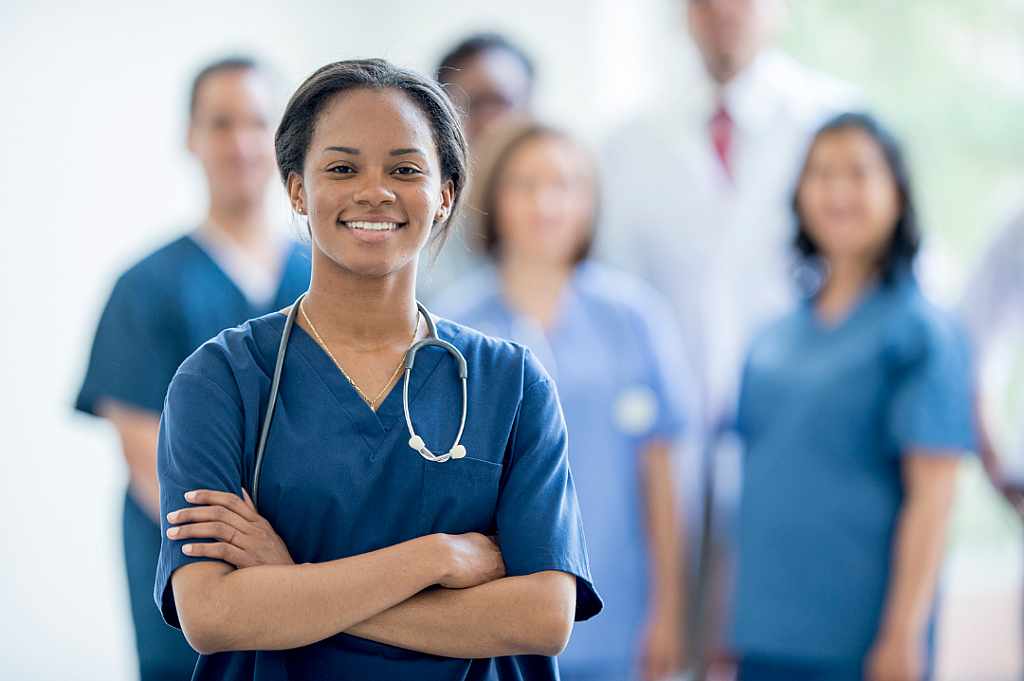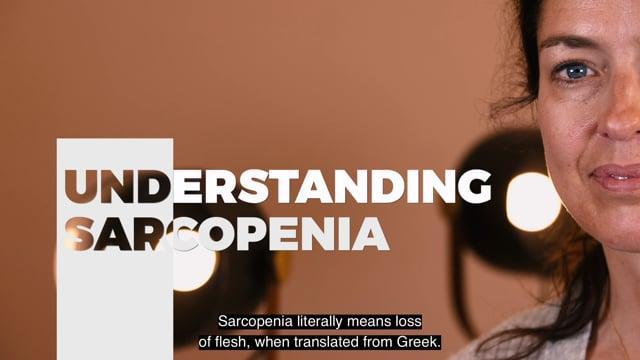Fracture and osteoporosis with Md PhD Sandra De Breucker
08 Dec 2022
In this episode of Mintt Academy, Sandra De Breucker, Head of Geriatrics of the Erasmus Hospital tells you more about fractures and osteoporosis.
08 Dec 2022
In this episode of Mintt Academy, Sandra De Breucker, Head of Geriatrics of the Erasmus Hospital tells you more about fractures and osteoporosis.
The most common complication after a fall is obviously a fracture. A bone does not fracture spontaneously. It fractures because it is already suffering from a loss of bone mineralisation, also known as osteoporosis. It is important to know that peak bone mass occurs at the age of 30. The way we move, the way we eat (dairy products in particular) during our youth and teenage years will strongly influence this bone capital. We will start to nibble away from the age of 30 and we will maintain it through our lifestyle.
At the age of 50, for women, menopause will speed up osteoporosis. Women between the ages of 50 and 75 will be more vulnerable to fractures such as vertebral or wrist fractures. In later life, men and women have the same risk of osteoporosis. At the age of 85, the risk of fracture is the same with regard to other types of fracture: femoral neck fracture or fracture of a long bone such as the humerus, the shoulder or other bones.
Osteoporosis can therefore be prevented from youth onwards. But at any time of life, one can adopt the healthiest possible lifestyle to optimise bone mass: consuming sufficient calcium, vitamin D, and exercising help prevent fractures in the event of an inevitable fall.
In the geriatric department at Erasmus Hospital, we have a unit dedicated to hip fractures. We call it the orthogeriatrics unit. We know that these patients have fallen because they have sustained a fracture. They are therefore considered to be patients at high risk of falling.
With these patients, screening for the risk of falling and for all factors that contribute to a fall is important. Indeed, they are even more at risk than someone who has never fallen before.
It should also be noted that 20% of geriatric admissions are for falls. Repeated falls or falls for acute medical reasons for example. Our multidisciplinary team therefore carries out a functional interview in conjunction with our nurses in order to determine the factors that led to the fall.
Then, our doctors will also work on these risk factors by requesting additional tests and adjusting treatments. Our physiotherapists will assess the risk of falling by carrying out a series of screening tests.
For example, the Tinetti test, the Berg scale, the walking speed and also the grip strength test, which is a good indicator of the muscular capital necessary for mobility. And then, our occupational therapists will evaluate the patient's autonomy before the fall at home. This level of autonomy will be our objective after a hospital stay or a rehabilitation process.
We want to put them back into the same living context as before if possible. We sometimes have to fit their life environment to the current situation. The patient may need technical aids, environmental adjustments, etc.

Looking for an easy way to install a reliable fall detection solution in your facility? Look no further than Mintt. We have streamlined the installation process to make it hassle-free and efficient.

Falls are a major public health problem, particularly among older people. According to the World Health Organisation (WHO), approximately 28-35% of people over 65 suffer at least one fall yearly.

In this episode of Mintt Academy, Sandra De Breucker, Head of Geriatrics of the Erasmus Hospital tells you more about how to better understand sarcopenia.
This website uses cookies
We use cookies to provide you with a better visitor experience. Our website tracks three levels of cookies, you can go to cookie settings to manage your preferences at any time. You can read more about what cookies are and which cookies we collect in our privacy policy.
Cookie settings
We use cookies to provide you with a better visitor experience. Our website tracks three levels of cookies. You can adjust your preferences at any time. You can read more about what cookies are and which cookies we collect in our privacy policy.
Adjust your preferences
Functional cookies are necessary cookies that ensure that the website functions properly and that your preferences (e.g. language, region) are stored properly.
The cookies we use are: essential cookies, craft cms and vimeo
Analytical cookies allow us to analyze the use of the website and to improve the visitor experience.
The cookies we use are: Google Analytics, LEADforensics and leadinfo
Marketing cookies aim to personalize your experience and send you relevant content and offers on this and other websites.
The cookies we use are: Linkedin Insights, Google ads